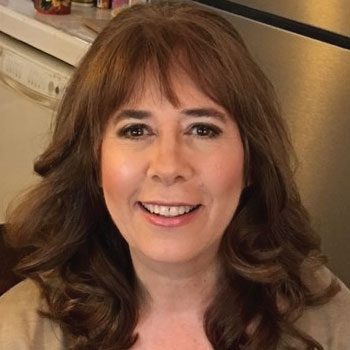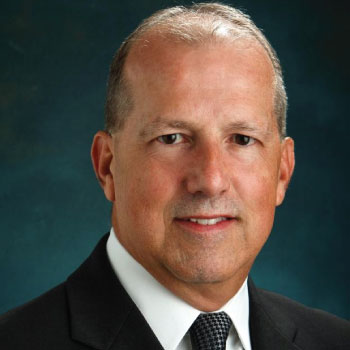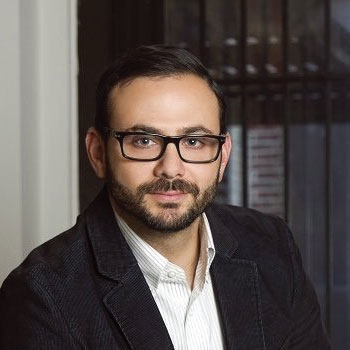ASPR’s smart media relations brings New Orleans’ revitalized education success story to the masses
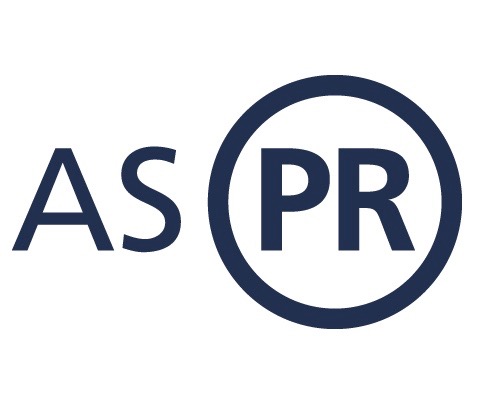
2015 represented the 10th anniversary of Hurricane Katrina’s destructive sweep through New Orleans, and nonprofit group Educate Now! leader Leslie Jacobs, a NOLA-based K–12 advocate and philanthropist, realized over a year before the anniversary that the nation’s media lens would soon focus again on her city. She and others had served as catalysts after the storm to rebuild a failing education system in the city by creating a new, state-run school district that was comprised of charter schools—and they feared that media, left to its own devices, would only want to re-run footage of the hurricane and ignore the rebuilding of the social structure of the city, of which education is the shining star.
It was, and still is, a complicated story to explain—and opponents of the old way were eager to promote their messages. To make sure the real story got out, Educate Now! retained ASPR to engage national reporters before and during the anniversary year. “We knew the 10-year anniversary coverage of Hurricane Katrina would be dominated by replays of the horrific disaster footage and photos,” says Adam Shapiro, CEO of ASPR. “The challenge was to find ways to advance the story and share the compelling details about the improvements in the city, especially as they relate to education reform.”
The campaign’s success was achieved beyond expectations and included the incorporation of the initiative’s messages in an address by President Obama, major news coverage and the satisfaction in knowing the story was told accurately. ASPR played two key roles: First, as a convener and planner for all the players in the project (e.g., Mayor’s office, charter school operators, state officials, local funders). In addition, the team specifically focused on top-tier media coverage that would define how other influencers felt about the situation.
Read on to see how the campaign team strategized and implemented the effort—and secured a Bronze Award win in Bulldog Reporter’s 2016 Not-for-Profit Awards.
The Strategy: ASPR started by interviewing stakeholders and offering journalists site visits to schools where they could witness the transformation in person and hear firsthand from the people living it every day. “There are many stakeholders in not-for-profit campaigns, including those that aren’t technically the client,” Shapiro explains. “The team had to work effectively with the mayor’s office, the school system and charter school operators, as well as civic groups, parents, teachers and students. Early planning and engagement made it successful.”
The campaign had logistical obstacles that they team had to overcome right off the bat: ‘The account team was based in Washington, D.C., and had little personal connections to New Orleans,’ Shapiro says. “Therefore, travel to New Orleans was essential so personal ties to the people and city leaders could be developed.”
The team created a year-long communications plan and that consisted of the following:
- Research that measured the level of news coverage and understanding of the New Orleans education story in early fall 2014 (one year before the anniversary)
- Messages that told the New Orleans reform story in a clear and concise manner and explained how the education story affects the rest of the U.S.
- Strategy focused on uncovering and then promoting the most compelling human-interest stories about parents, students, teachers and others who could explain in their own words what the education reform meant to them and the city’s rebirth.
- Collecting of reports, factoids and statistics that would buttress the turnaround story.
- Identifying reporters, editors, producers, columnists and other members of the media who are influencers in such matters, had covered Katrina and its aftermath, and/or were particularly interested in education stories. ASPR purposely targeted reporters beyond the regular education trade reporters as it felt there would be wide interest in the anniversary.
- Training stakeholders on how to share messages and stories; there was a realization that the PR team would perform a lot of the work, but it needed all interested parties to be as active as possible.
“We engaged all targeted reporters, producers and editors online,” Shapiro relates. “Once coverage was secured, we shared on all digital platforms. Other story elements, such as photos and infographics, were shared on platforms as well. Online conversations were monitored and, when appropriate, we would engage in the conversation to ensure the client’s messages were heard.”
The Execution: Media outreach began in early 2015 with a media tour in New York City and Washington, D.C., with the goal of having Jacobs and other education leaders explain the complicated situation before deadline pressures would arrive. This advance strategy had the added benefit of helping the spokespeople practice and refine their messages before the August anniversary.
“The account team has a combined 50 years of experience engaging and interacting with education reporters (as well as others on the national level), so these relationships were effectively leveraged in order to alert [reporters and influencers] to the New Orleans story,” Shapiro adds. “The client was very wise to retain the agency months beforehand—early work involved reaching out to reporters in order to get ready for the anniversary in August. In-person meetings with reporters were held in early 2015 with Rehema Ellis, education reporter at NBC News; USA Today; U.S. News & World Report; Frank Bruni of The New York Times; and POLITICO’s education team. All of this early work paid off when the anniversary occurred.”
This advance work also allowed the team to dig deeper for the human-interest stories tied to education that they strongly felt would attract attention. In fact, this early work led directly to the motivating story of a teacher and football coach who returned to New Orleans after the hurricane and recruited his old players to help him open a successful charter school. ASPR worked diligently to engage People magazine, which resulted in high-profile, positive coverage.
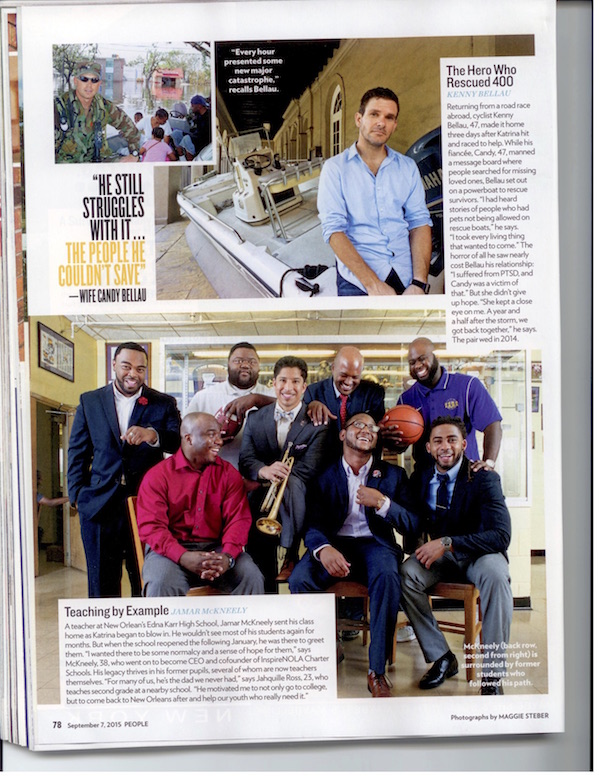
“We knew from experience that those who work to improve K-12 education aren’t always appreciated, as the status quo has many defenders,” Shapiro offers. “However, it was disappointing that some opponents would seek to minimize improvements in student outcomes in the past decade. We were fortunate that other voices, such as journalists Cokie Roberts and Jonathan Alter, were aware of how education reform initiatives work and wouldn’t be swayed by faulty claims.”
The Results: “The media relations efforts were very targeted—they focused primarily on national mass media (e.g., NBC News) and trade press (e.g., Education Week),” Shapiro says. “As the client’s main spokesperson became more visible, requests for interviews for her increased. Everything built on the initial interest.”
News coverage was monitored throughout the engagement and a “rapid response” function was executed to quickly capture falsehoods and respond to them with accurate information and data. Overall, the majority of the coverage included positive messages about New Orleans education system; public policy-focused outlets had more time to delve into the details about how this success was occurring and how it can serve as a national model.
“The campaign exceeded all goals. What the agency didn’t completely foresee was the interest in stories from outlets such as People magazine and ESPN—we didn’t initially think they would be intrigued by the education part of the New Orleans anniversary story,” Shapiro relates. “For instance, for People the agency didn’t have a celebrity angle, just a good human interest story. Ultimately, that was convincing to the editors and the outlet produced a print and digital story.”
By collaborating with the Mayor’s Office, ASPR and the Educate Now! team was able to secure these statements in an address from President Obama on the anniversary of Katrina:
“Working together, we’ve transformed education in this city. Before the storm, New Orleans public schools were largely broken, leaving generations of low-income kids without a decent education. Today, thanks to parents and educators, school leaders, nonprofits, we’re seeing real gains in achievement, with new schools, more resources to retain and develop and support great teachers and principals. We have data that shows before the storm, the high school graduation rate was 54 percent. Today, it’s up to 73 percent. Before the storm, college enrollment was 37 percent. Today, it’s almost 60 percent. We still have a long way to go, but that is real progress. New Orleans is coming back better and stronger.”
Key Takeaways: “On-the-ground engagement and relationship building with all stakeholders is essential to a successful effort. Good outcomes require patience and understanding; during the course of the assignment team members saw how many in New Orleans are still dealing with post-traumatic stress or related feelings. This required extra care and understanding on the part of the account managers,” offers Shapiro.
Secrets of Success: Shapiro provides these insightful tips that helped propel the campaign—and showcases why ASPR and its client were awarded a Bronze in Bulldog’s 2016 Not-for-Profit Awards:
- Think proactively about what anniversaries are on the horizon and help potential clients understand the impact of those anniversaries for PR purposes: “Many wanted to ignore the Katrina anniversary story, but it left such a big impact on America, it couldn’t be overlooked.”
- Use such anniversaries to frame positive, uplifting stories of change and reform: “If communities can only recap the past, that’s all reporters will be able to see. It’s up to communities and PR professionals to advance the narrative.”
- Employ engaging storytelling: “The power of storytelling, involving hope, change and renewal, is incredibly relevant today, even in a Facebook/Twitter world.”
